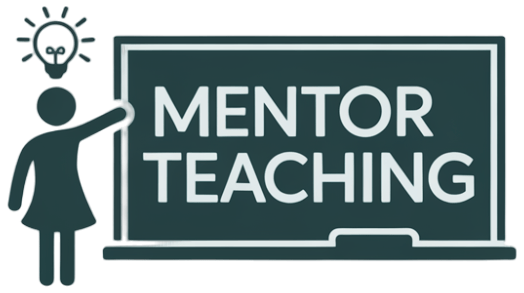First Steps Towards Success: Unlocking the Power of New-Teacher Induction Programs
Picture this: your first day as a new teacher is brimming with excitement, a touch of nervous energy, and then—relief—because your school has a strong, supportive induction program tailored just for you. These programs are like a warm welcome with a GPS, guiding you through your journey from “newbie” to confident classroom leader. They bridge the gap between what you learned in training and what actually happens in the lively, sometimes unpredictable, world of teaching. And the best news? You’re not doing it alone.

What Are New-Teacher Induction Programs?
New-teacher induction programs are structured systems designed to support novice educators during those critical early years in the classroom. According to experts at Pasadena Unified School District, these programs typically last one to three years and combine mentoring, instructional coaching, professional development, and networking opportunities. They’re the bridge between university coursework and real-world classroom experience—helping with everything from lesson planning to classroom management, while aligning with professional teaching standards.

Montclair State University’s Center for Future Educators highlights the ultimate purpose: equipping teachers with the tools and strategies they need to succeed, increasing retention, and enhancing student achievement.
Key Components of Effective Induction
What separates a “meh” program from a truly transformational one? Effective induction programs often include:

- High-quality mentoring from experienced educators who provide guidance without acting as evaluators (PUSD).
- Individualized Learning Plans (ILPs) aligned with state or national teaching standards, such as those required in California’s induction framework.
- Ongoing cycles of observation, reflection, and feedback to refine pedagogy and curriculum implementation.
- Professional development focused on student engagement strategies and diverse learning needs.
- Opportunities for teacher collaboration within a supportive school culture (SREB framework).
The Impact on Teacher Retention and Student Achievement
The benefits aren’t just anecdotal—they’re backed by solid research. Comprehensive induction programs have been shown to cut teacher attrition in half. Data from Montclair State University reveals 95% teacher retention after three years in program participants, compared to much higher losses elsewhere. When new teachers are given robust support systems, they don’t just stay—they thrive, leading to improved teaching effectiveness and better student outcomes.

The IRIS Center notes that supported teachers are more adept at managing classrooms, adapting lessons for diverse learners, and using effective student assessment strategies. This translates directly into gains in achievement, especially in high-need schools.
Implementing an Induction Program in Your School
Thinking of launching a program? Start by considering state and national policy contexts. In California, for instance, new teachers must complete an approved induction program to earn a clear credential (California Commission on Teacher Credentialing). Align your program with professional teaching standards and integrate it into existing professional development cycles. Draw on frameworks like those offered by the Southern Regional Education Board for designing effective mentoring systems and support networks.
School administration plays a crucial role—providing resources, scheduling time for mentoring, and fostering a culture that values teacher growth. Treat it as part of your school’s strategic plan for long-term improvement.
Best Practices to Maximize Induction Success
- Train mentors in effective instructional coaching and classroom instruction techniques.
- Create structured opportunities for reflection and discussion.
- Include targeted curriculum training aligned with teaching standards.
- Continuously evaluate the program, using teacher feedback and retention data (Colorado Induction Handbook).
- Encourage participation across all departments for a whole-school approach.
Common Pitfalls and How to Overcome Them
Even strong programs can hit snags. Some common challenges include uneven program quality, limited mentor time, and insufficient alignment with school improvement goals (SREB). The IRIS Center stresses that sustained, comprehensive support is essential—quick, one-off workshops just won’t cut it.
Solutions? Standardize mentor training, integrate induction with ongoing professional development, and regularly assess program impact. Lean on resources like the Colorado Department of Education’s guide for continuous improvement strategies.
Cultivating Classroom Champions: Next Steps for Sustained Success
By investing in thoughtful, well-designed induction programs, schools can transform beginning teachers into confident, capable leaders in the classroom. The journey doesn’t end after the first year—it’s about building lasting frameworks for teacher professional growth and educator skill development. Keep refining, keep supporting, and watch your novice educators grow into classroom champions who inspire student success year after year.




